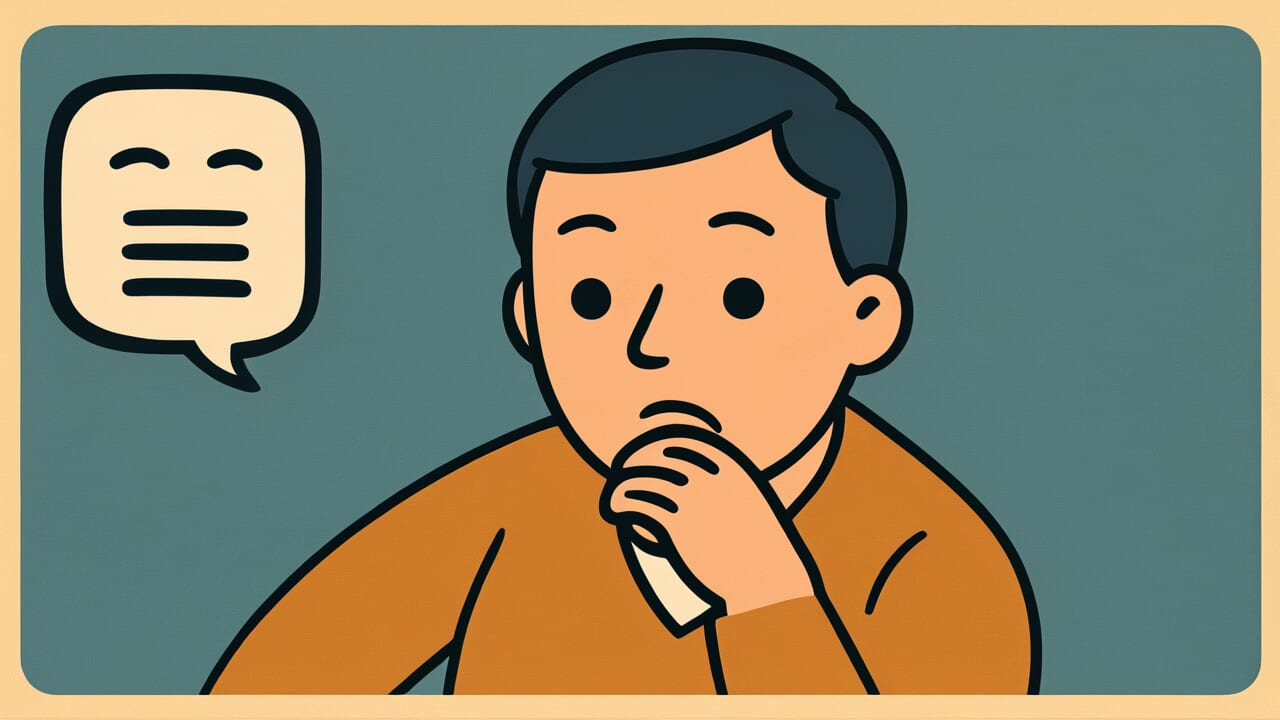How to Read “No sorrow is greater than parting from the living”
Kanashimi wa seibetsuri yori kanashiki wa nashi
Meaning of “No sorrow is greater than parting from the living”
This proverb expresses that being separated from someone while they’re still alive is the deepest form of sadness. It captures a profound human emotion: parting from the living hurts more than parting through death.
People use this proverb when facing unavoidable separations or expressing the pain of being apart from someone still alive. When you know someone exists somewhere in this world but cannot see them, you cannot find closure like you might with death.
The distance keeps tearing at your heart. The more you want to see them, the more that distance causes pain.
Modern transportation and communication have made physical distance less absolute than before. However, separations while living still exist today.
Family estrangement, broken relationships due to various circumstances—these situations still happen. This proverb accurately expresses the universal human sadness in such situations, even now.
Origin and Etymology
No clear written records explain the origin of this proverb. However, we can make interesting observations from how the phrase is constructed.
The term “seibetsuri” (parting from the living) may relate to the Buddhist concept of “aibetsuriku.” This refers to the suffering of separating from loved ones, one of Buddhism’s eight sufferings.
However, this proverb specifically focuses on “parting while still alive.”
Why does the proverb call parting from the living the greatest sadness? Death allows for acceptance and closure. But living separation means endless suffering—knowing someone exists somewhere but being unable to see them.
During the Edo period, many separations meant never meeting again. People left for distant service, brides married into far families, criminals faced exile. With limited transportation and almost no communication methods, living separation practically meant eternal parting.
This proverb likely emerged from that historical context. It expressed people’s desperate emotions and was passed down through generations.
Usage Examples
- I can contact my son who moved abroad for work, but my mother with dementia has forgotten me. This truly shows that no sorrow is greater than parting from the living
- My sister, separated when our parent remarried, is apparently doing well, but we can never meet again. The phrase “no sorrow is greater than parting from the living” pierces my heart
Universal Wisdom
This proverb offers deep insight: some human sorrows have endings, while others do not. Why did our ancestors feel that parting from the living hurt more than death?
Because the human heart needs “endings.” Death is cruel, but we can accept it as a complete story. While carrying sadness, we can eventually face forward and move on.
Living separation is different. Your heart swings eternally between hope—they’re alive somewhere, maybe you could meet—and reality—you actually cannot. This “story without ending” is the most unbearable suffering for humans.
This proverb has endured because humans fundamentally seek “closure.” We cannot tolerate ambiguity or hanging situations.
Unclear circumstances, unanswered questions, endless waiting—these deeply exhaust the human spirit.
The sadness of living separation strikes at this human nature. The hope of possibly meeting actually keeps the heart bound. Our ancestors brilliantly captured this psychological subtlety in words.
When AI Hears This
The brain’s dopamine system responds to “differences between expectation and reality.” Better than expected creates pleasure; worse creates displeasure. The key point: the brain calculates completely different “expected values” for death versus living separation.
With death, the brain builds a new prediction model within weeks or months: “I cannot meet them anymore.” The expected value converges to zero.
The dopamine system stops calculating “prediction versus reality differences,” and negative prediction errors gradually decrease. Sadness remains, but for the brain, “predictions have stabilized.”
Living separation works fundamentally differently. The other person is alive. Theoretically, you could meet. This “possibility” persists in the brain.
The brain cannot reduce the expected value completely to zero. Every day brings small expectations of “maybe I’ll meet them,” followed by repeated negative prediction errors: “still cannot meet them.”
This accumulation of tiny disappointments neurologically creates chronic stress.
Modern times make this worse. Through social media or mutual acquaintances, information about the other person reaches you. Each update about their life fluctuates the “contact possibility” expected value, continuously shaking the brain’s reward system.
An endless chain of prediction errors makes living separation deeply painful.
Lessons for Today
This proverb teaches modern people not to take relationships with important people for granted.
In modern society, we easily assume that staying connected on social media means maintaining relationships. However, true connection grows through sharing time, breathing the same air, and exchanging words.
Understanding the sadness of living separation teaches us how precious the person beside us right now truly is.
This proverb also suggests the importance of courage to accept “endings.” Failing to end relationships when they should end, continuing ambiguous situations, may only prolong suffering for both parties.
Sometimes, properly saying goodbye leads to peace of mind for everyone.
Most importantly: meet people while you can. Say what you want to say today. To build relationships without regret, live each day fully.
This proverb quietly reminds us of this truth. What we can do to avoid the sadness of living separation is to live this very moment with all our heart.



Comments